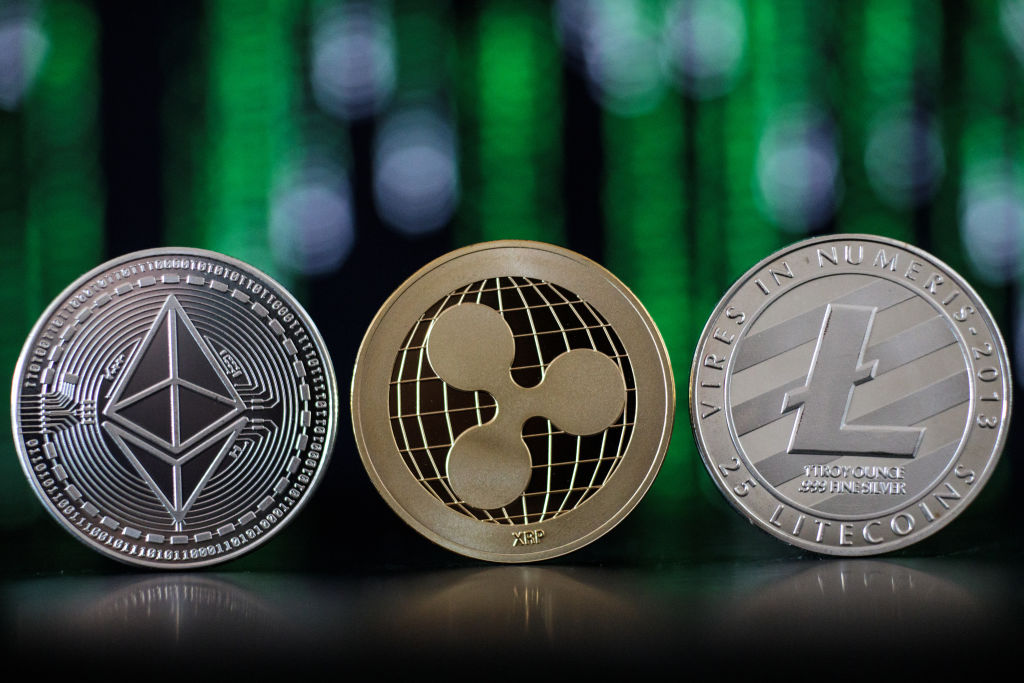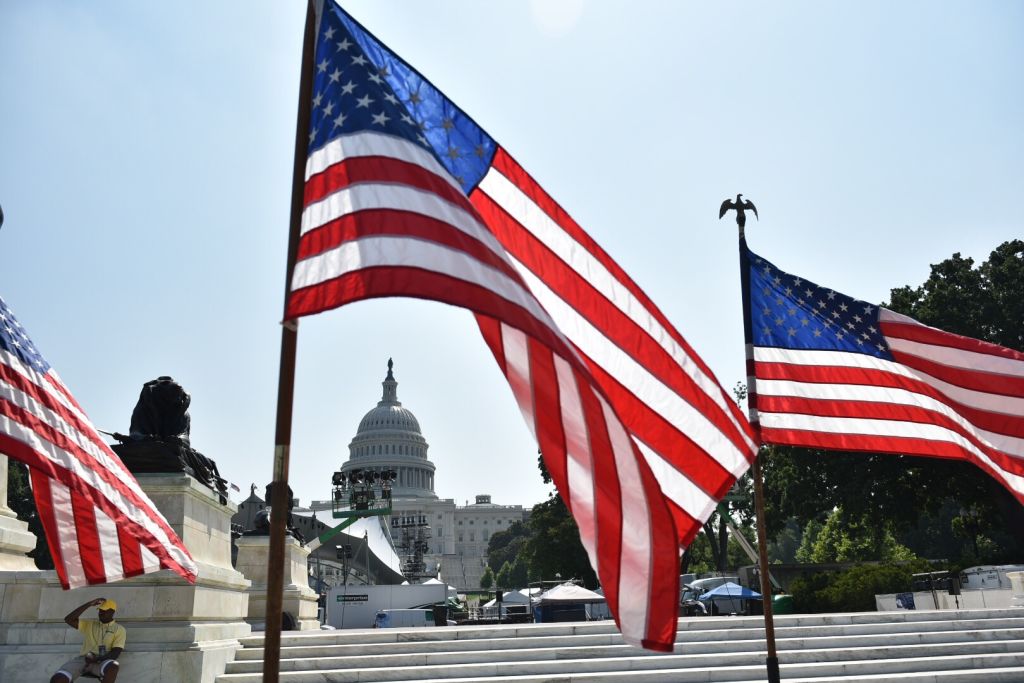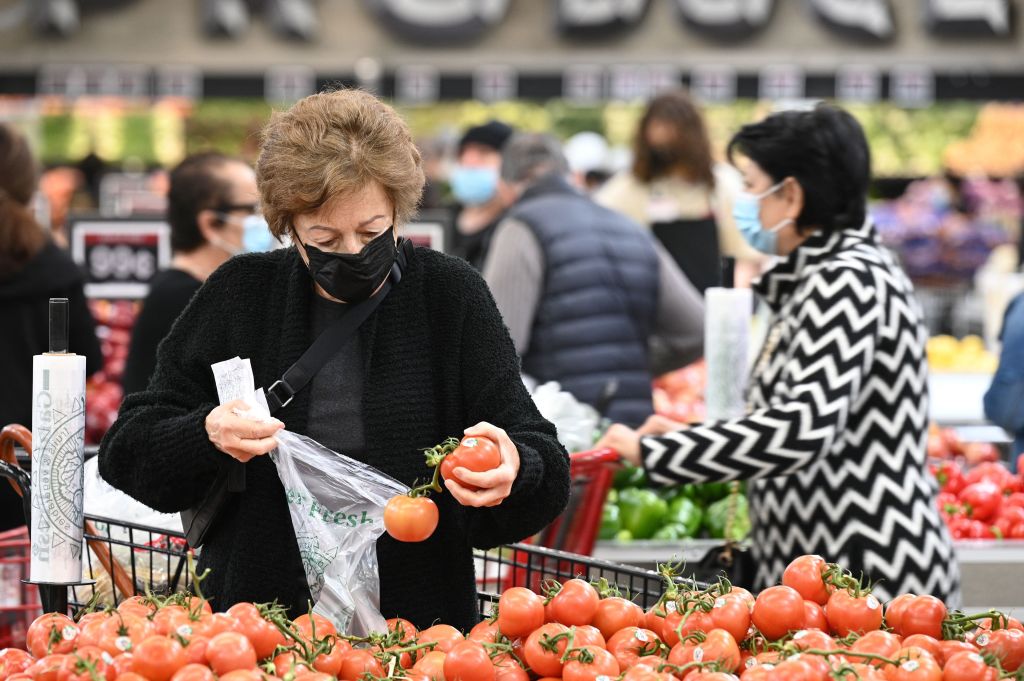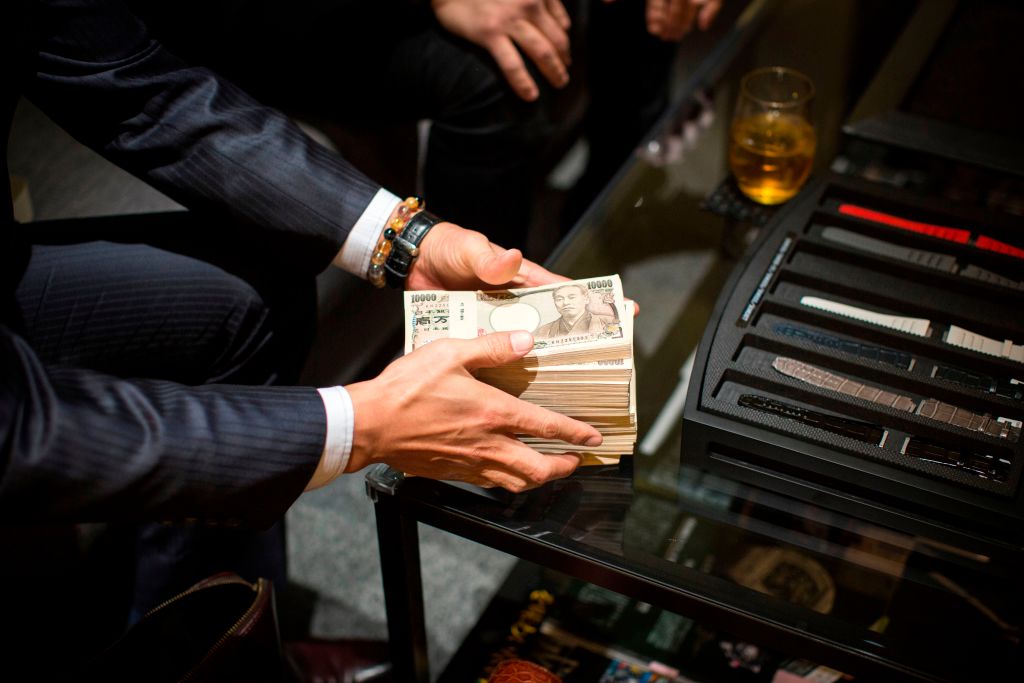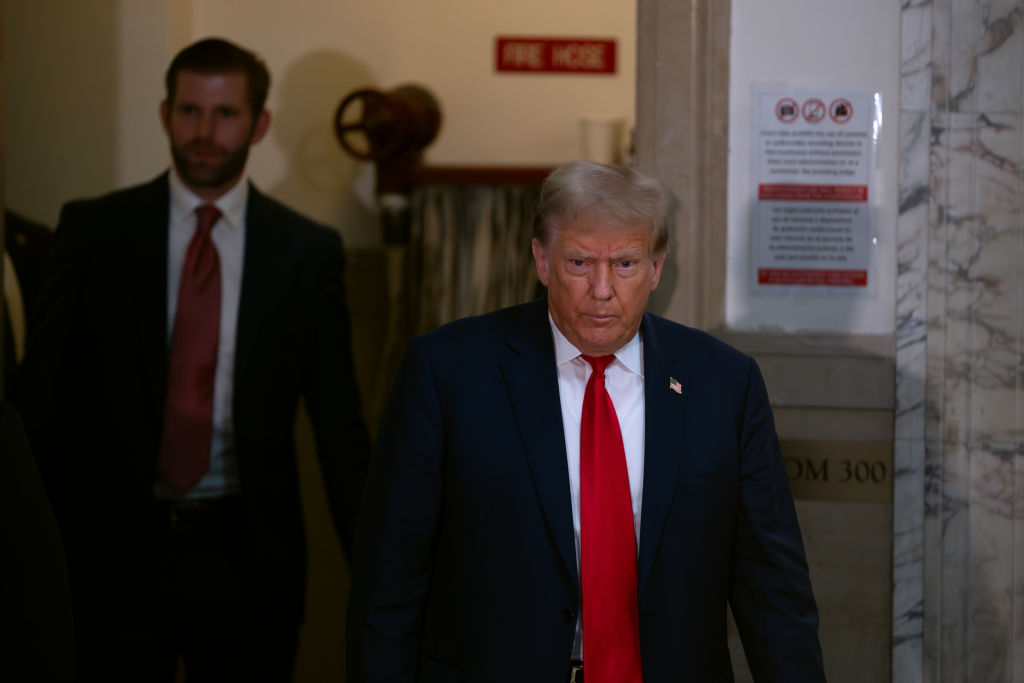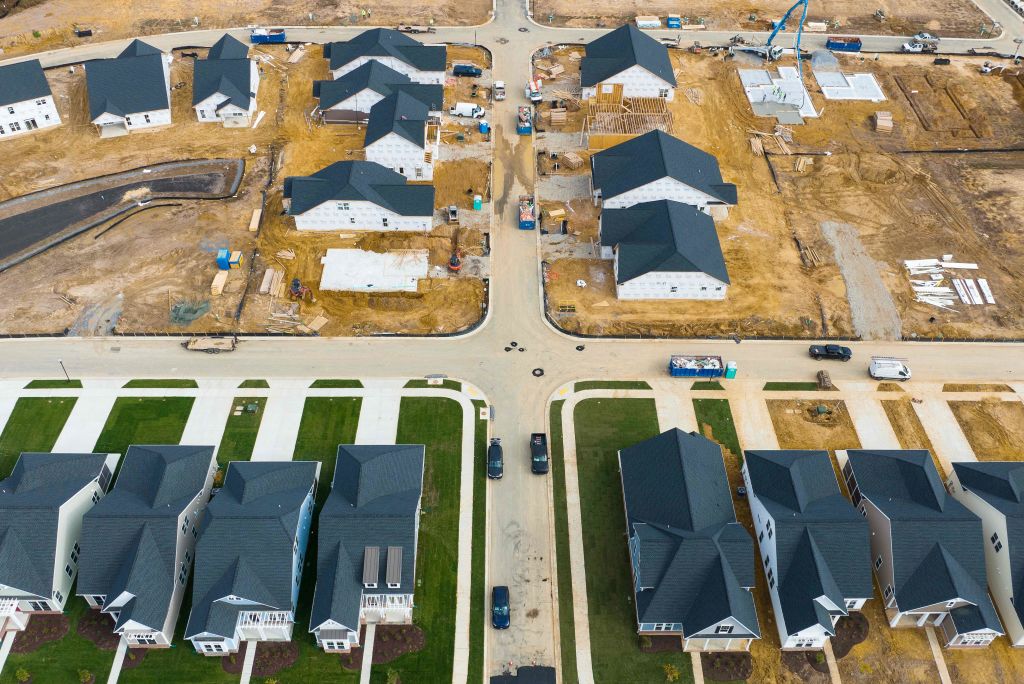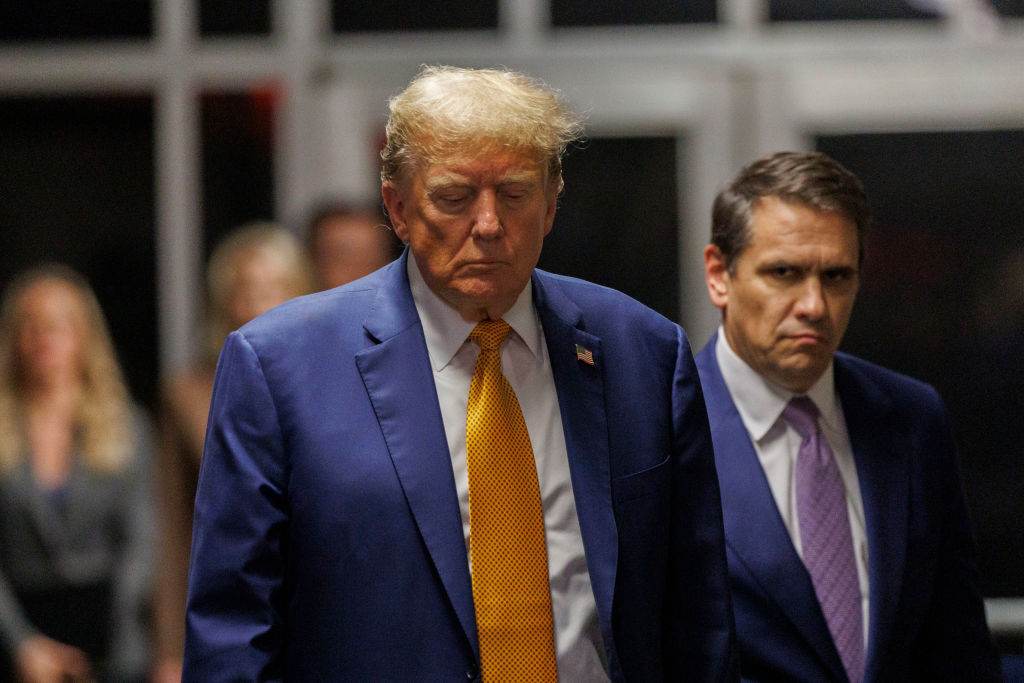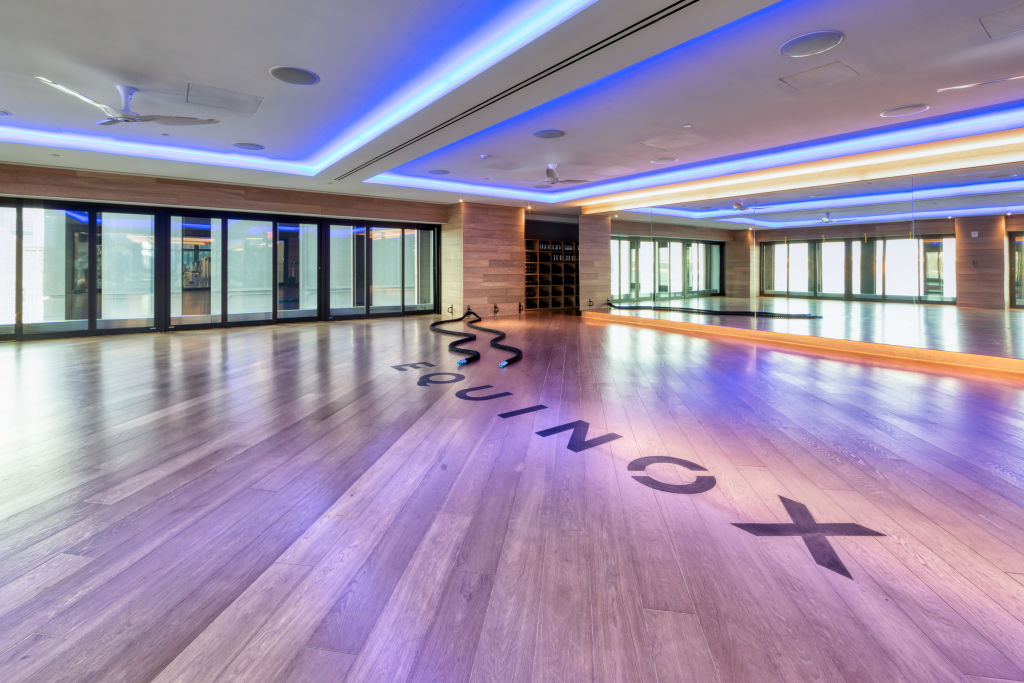COVID-19 Super-Spreader Linked to Restaurants, Hotels, Gyms
According to a study, the restaurants, gyms, and hotels reopening are linked to COVID-19 super-spreader.
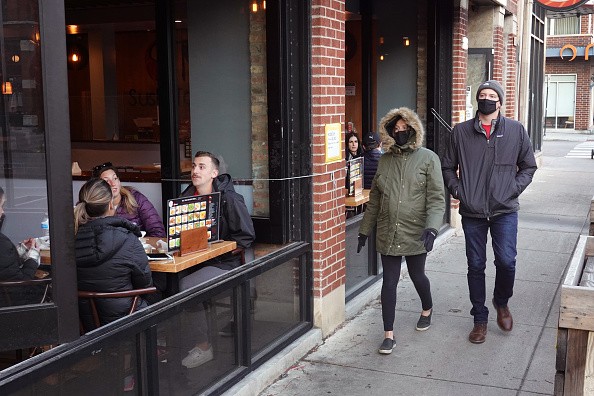
COVID-19 Super-Spreader Linked to Restaurants, Hotels, Gyms Pandemic Keeps Diners Outside Despite Dropping Temperatures In Chicago CHICAGO, ILLINOIS - NOVEMBER 11: Despite temperatures in the mid-forties, customers continue to patronize restaurants and bars in the Wicker Park neighborhood on November 11, 2020 in Chicago, Illinois. With the COVID-19 pandemic reaching record highs in the state, all indoor dining and drinking has been banned.
Between March and May, Stanford University and Northwestern University researchers used mobile phone data from almost 98 million individuals to show the risks of COVID-19 infection at different places, as per Business Mirror.
The study observed people's data on where they went, how many others were there, how long they stayed, and what neighborhoods they were visiting from. Then, to create infection models, the data were combined on the number of cases and how the COVID-19 spreads.
The study's model predicted that if restaurants were reopened at a full capacity in Chicago, they would generate almost 600,000 new coronavirus infections, three times higher with other categories. On Tuesday, the published study in the journal Nature also found about 10% of the locations examined accounted for 85% of predicted infections.
Eric Topol of the Scripps Research Translational Institute said that the kind of very granular data "shows us where there is vulnerability. Then, you need to concentrate on the areas that light up."
Read also: How Coronavirus Pandemic Amplifies Tensions Between Working Moms and Child-Free Colleagues
The produced models in the study also suggest that full-blown lockdownsto need to hold the coronavirus at bay. Social distancing, wearing face masks, and reducing the capacity can play a major role in keeping things under control.
The new study in Nature gives clear advice on how not to acquire COVID-19. It is by avoiding certain places. According to Fast Company, researchers who used mobile phone data to track the movements of people in 10 metro areas found out:
- in super-spreader businesses, blanket lockdowns are less effective than restrictions on occupancy
- majority of infections come from a shortlist of super-spreader businesses
The study suggests that full-service restaurants will cause an enormous number of new COVID-19 infections, which is now described as the most dangerous place. Other places to avoid are fitness centers/gym, hotels, Cafes and snack bars, religious organizations, stores, physicians' offices, limited-service restaurants, and gas stations.
The researchers' model also explains why minorities and poor people have been badly affected by the coronavirus. It's because these populations have limited mobility due to family and work obligations, and the places they frequently visit are more crowded.
Income disparities
The idea that restaurants could be super-spreader of infections as they open up isn't unusual for this study. On Monday, JPMorgan Chase & Co.said found the level of in-person spending in restaurants three weeks ago, the strongest predictor of the emergence of new COVID-19 cases.
Moreover, higher spending in supermarkets indicates a slower spread, suggesting consumers live more cautiously in those regions, as per the researchers at the bank, which tracks 30 million Chase credit and debit cardholders and their spending.
Read also: How to Prepare Your Business for Potential Election-Related Unrest


